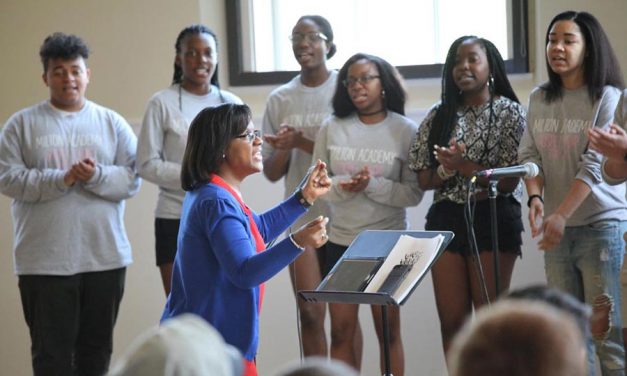
Who’s Singing Now?
From “Ave Verum Corpus” to “The Storm is Passing Over,” from Beyoncé to Bach, singing at Milton has deep roots. Singing thrives at Milton, and the groups that gather to practice and perform are robust and varied. You’ll recognize many that are decades old, others were just launched this year. On a typical day, voices sing out at morning assemblies, in rehearsals, in classrooms, in formal performances or simply in hallways, dorm rooms and common rooms. Some songs are throwbacks to different eras and others are the latest summer jams. Nearly everyone singing is very happy about it. “My...
Read More




